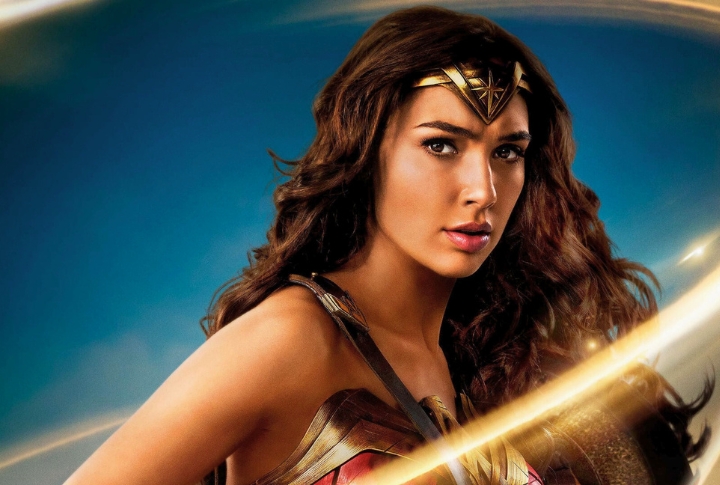
Beneath the star-spangled armor, Wonder Woman’s story hides a stranger history than most fans expect. Across decades, she’s been reshaped by daring ideas, unexpected scandals, and cultural shifts that pushed her far beyond a standard hero. Each reinvention left its mark, turning her into one of pop culture’s most debated figures. Careful — she might just lasso you into rethinking everything you know.
Wonder Woman Was Created By The Inventor Of The Lie Detector
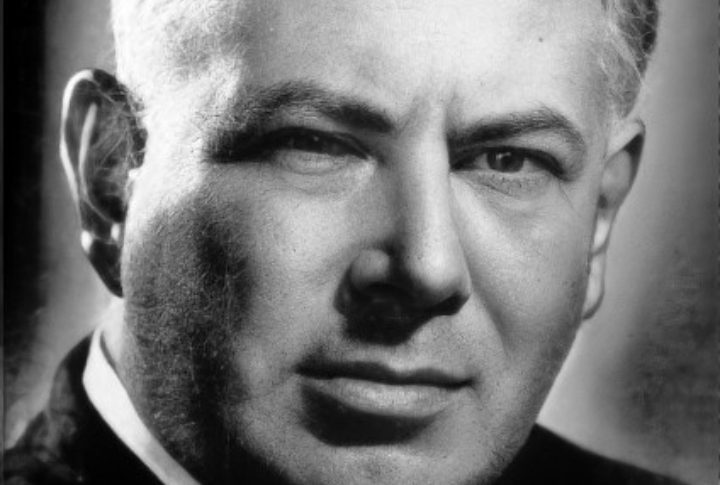
William Moulton Marston helped create the early systolic lie detector and believed women led more ethically than men. He introduced Wonder Woman to model strength with compassion. His ideas shaped her mission: not domination, but reform through empathy, logic, and truth-telling tools.
Her Original Weapon Wasn’t The Lasso Of Truth
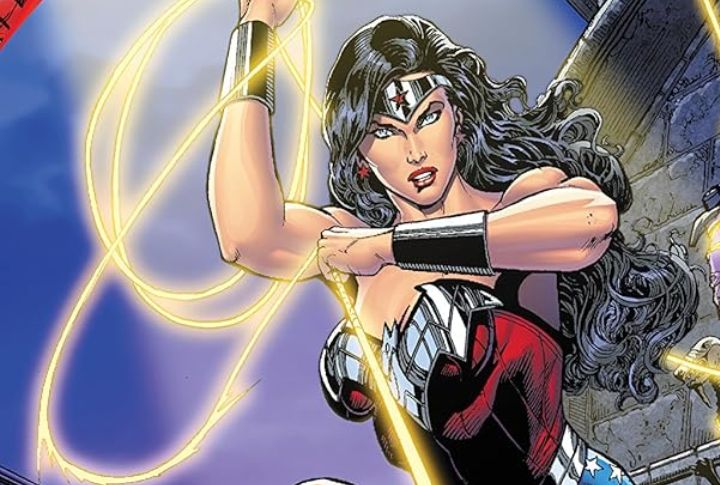
Wonder Woman first used her lasso to capture enemies in “All-Star Comics #8” (1941), but it didn’t compel honesty. That power emerged in “Sensation Comics #1” (1942), changing the rope into a lasting symbol of truth—and solidifying her philosophical identity.
She Was A Founding Member Of The Justice Society, As A Secretary
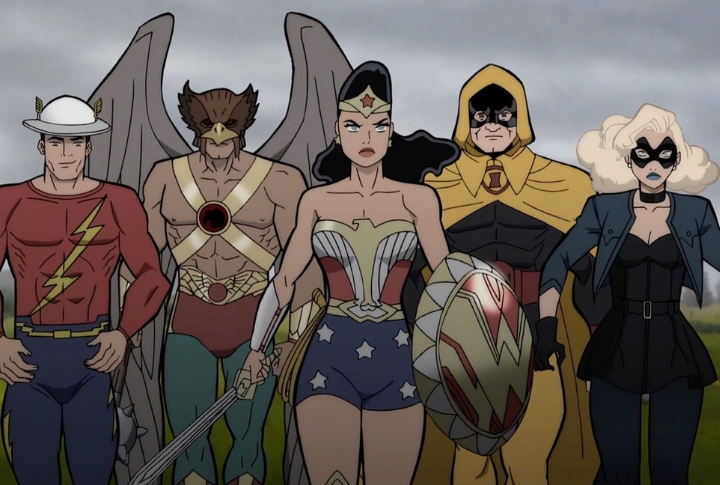
Despite being powerful enough to battle gods, Wonder Woman was only given a clerical role when she joined the Justice Society in 1941. The comics placed her behind a desk while male heroes fought, highlighting 1940s attitudes toward capable women in leadership roles.
The First Female Superhero To Headline A Comic Book
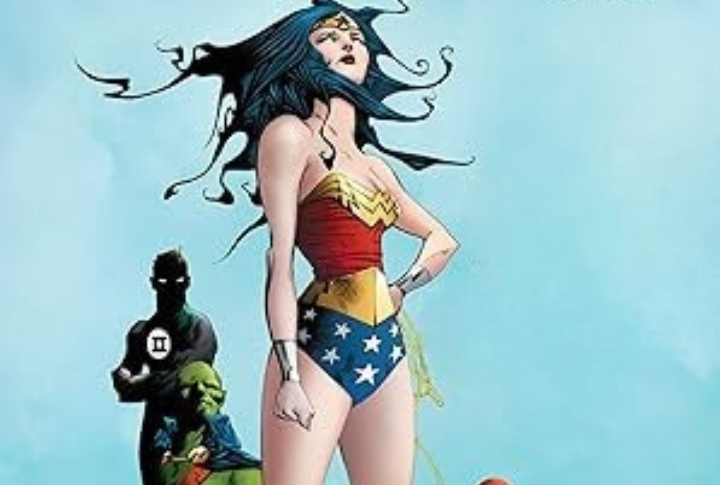
Wonder Woman was the first female superhero to headline a long-running solo comic. She debuted in “Sensation Comics” in 1942 and soon earned her own title. Characters like Supergirl or Batwoman didn’t receive equal footing in the publishing world until much later.
Her Creator Lived In A Polyamorous Relationship
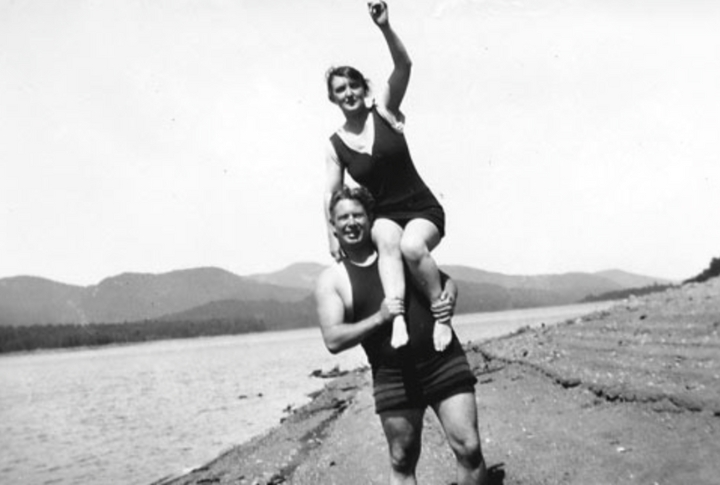
Marston shared his life with two women—his wife, Elizabeth Holloway Marston, and his partner, Olive Byrne. It is said that both women inspired aspects of Wonder Woman’s personality and appearance. Their unconventional household, rare for the era, reflected the themes of cooperation, empowerment, and equality woven into the characters’ stories.
Her Iconic Bracelets Were Based On Real Jewelry
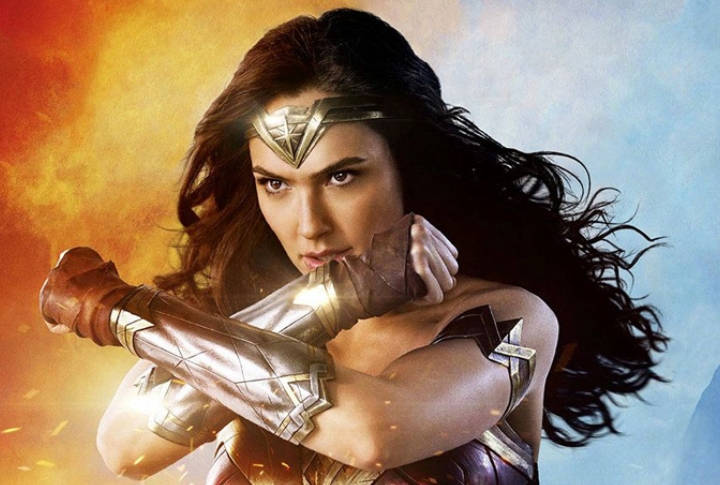
Olive Byrne, one of Wonder Woman’s inspirations, wore matching silver bracelets daily. Artists adapted them into the superhero’s wrist cuffs. Beyond style, they became essential in battle since they were capable of deflecting bullets, blasts, and even gods, serving as both protection and tribute to the women behind her.
She Lost Her Powers In The 1970s, By Choice
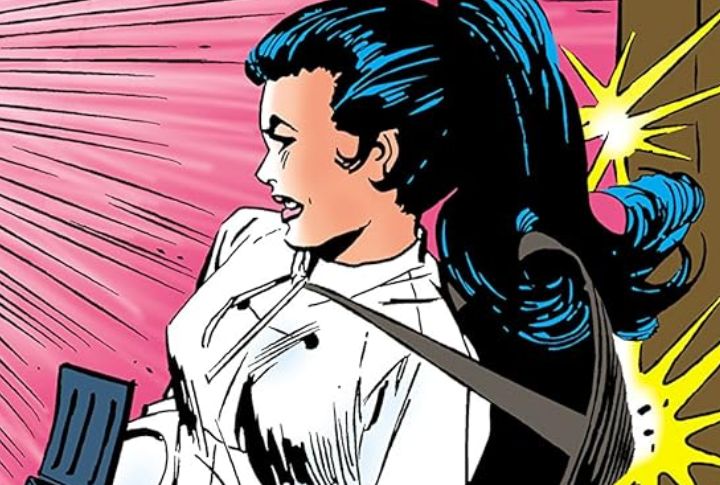
During a controversial comic arc, Diana voluntarily lost her superpowers to live among humans. She trained in martial arts and became a spy. Fans were divided: some praised her independence, others criticized removing what made her distinct in the superhero world.
Gloria Steinem Put Her Back In The Spotlight
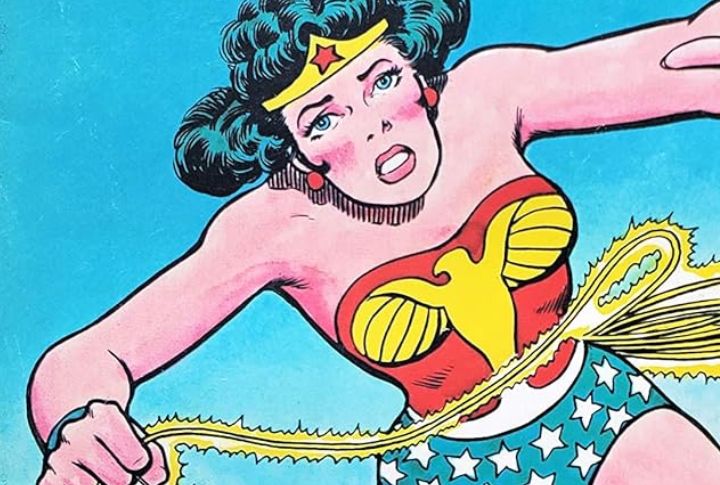
In 1972, “Ms. magazine” launched with Wonder Woman front and center. Gloria Steinem chose the image to challenge the comic’s decision to remove Diana’s powers. The cover also reignited interest, spotlighting the disconnect between female strength and how publishers portrayed heroines.
She Was Once An Astronaut

In the 1950s, comics, Wonder Woman traveled into space, explored distant planets, and completed moon missions. These stories appeared before human space travel even began. So, her early sci-fi adventures positioned her as a futuristic explorer when real women were still barred from astronaut programs.
She Can Speak Every Language On Earth
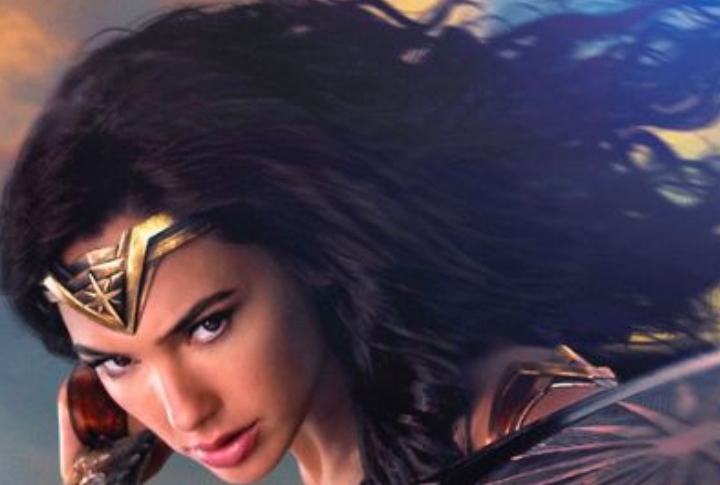
Thanks to a gift from Athena, Wonder Woman possesses omnilingualism—the ability to fluently speak, read, and understand all human languages. This power strengthens her diplomatic role in international crises, allowing her to mediate conflicts and promote peace without communication barriers.
She Wielded Thor’s Hammer In A Marvel Crossover
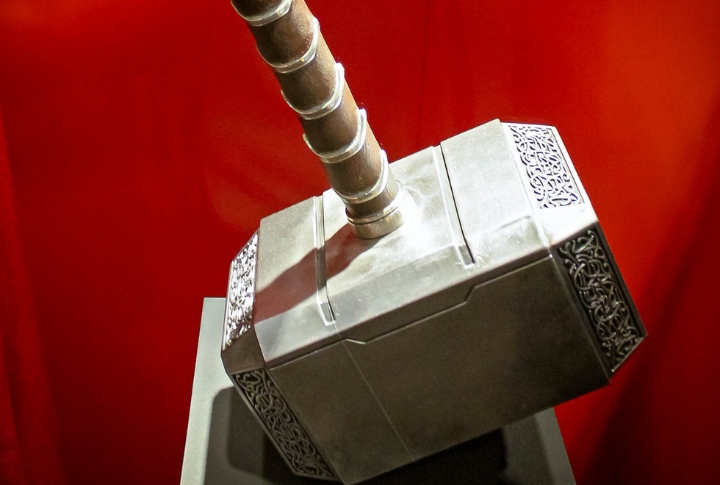
In the 1996 “Marvel vs. DC” crossover, Wonder Woman proved worthy of wielding Mjolnir. She even briefly gained Thor’s power but chose not to use it, believing it would create an unfair advantage. That moment underscored her moral code over brute force or victory.
She’s Officially A Demigoddess In Modern Lore
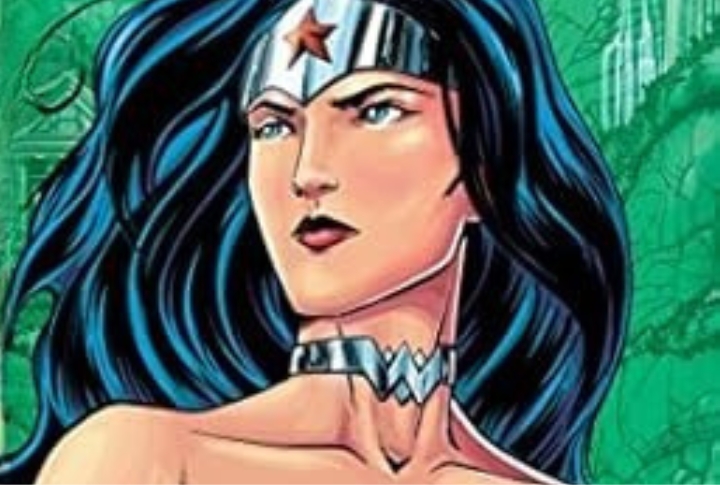
Originally crafted from clay by her mother Hippolyta, Diana’s backstory changed. In newer storylines, she’s portrayed as the demigoddess daughter of Zeus. This revision explains her divine strength and expands her mythology, tying her more directly to Greek gods as a celestial warrior.
Her Invisible Jet Was Originally Just A Metaphor
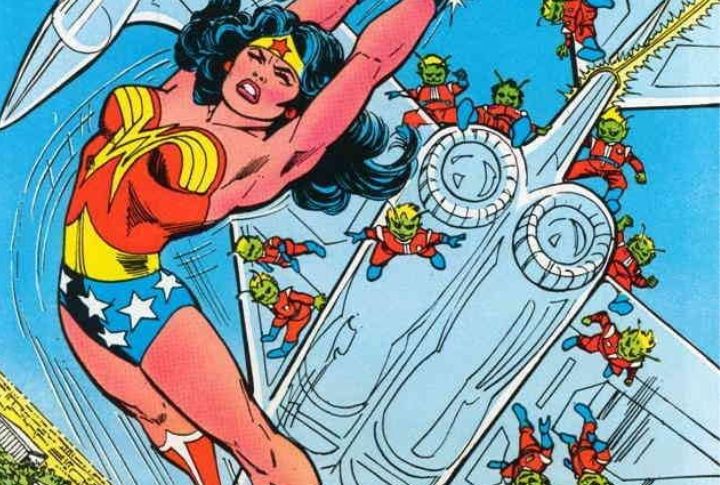
Before it was drawn as a physical jet, her invisible plane symbolized women’s unseen contributions during war. The metaphor was later reimagined as a high-tech aircraft. Its transparency reminded readers that women’s power often went unrecognized, though no less vital or strategic.
She Was Banned In 1942 In Germany
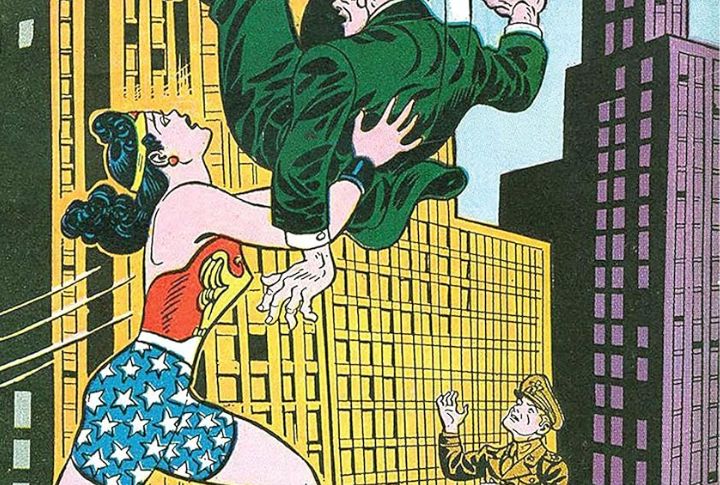
Wonder Woman’s comics were rejected in Nazi-occupied territories for promoting female empowerment and American ideals. On the other hand, U.S. wartime propaganda embraced her as a patriotic symbol. Posters even featured her fighting fascism, reinforcing her role as a fictional but culturally significant figure.
Linda Carter’s Costume Had To Be Glued On
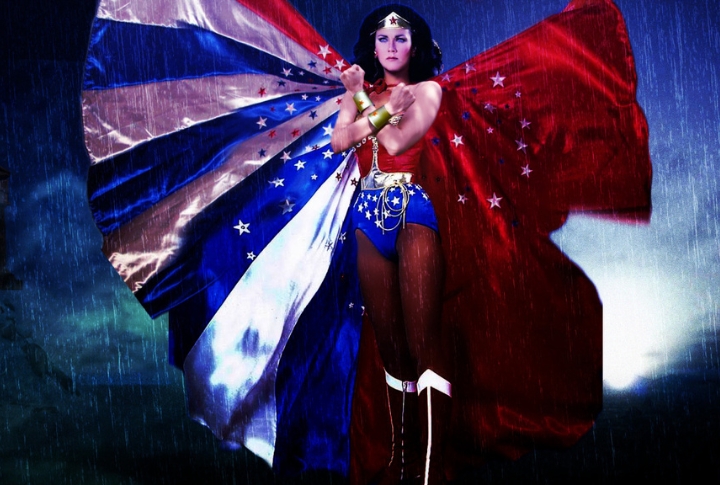
On “The New Adventures of Wonder Woman,” starring Lynda Carter, the costume lacked structural support. Wardrobe staff used glue and tape to keep it from slipping. The design challenged practicality but became iconic, forever linking Carter’s image to the character’s cultural legacy.
Gal Gadot Was Five Months Pregnant While Filming
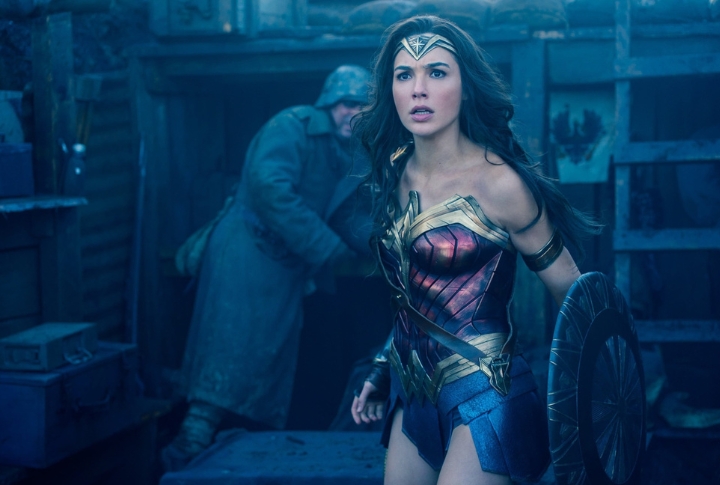
During “Wonder Woman” reshoots, Gal Gadot was five months pregnant. Costumers cut a hole in her armor and inserted a green screen panel over her belly. Effects teams later digitally replaced it, allowing her to perform stunts and complete scenes without disruption.
Her Lasso Once Controlled Superman
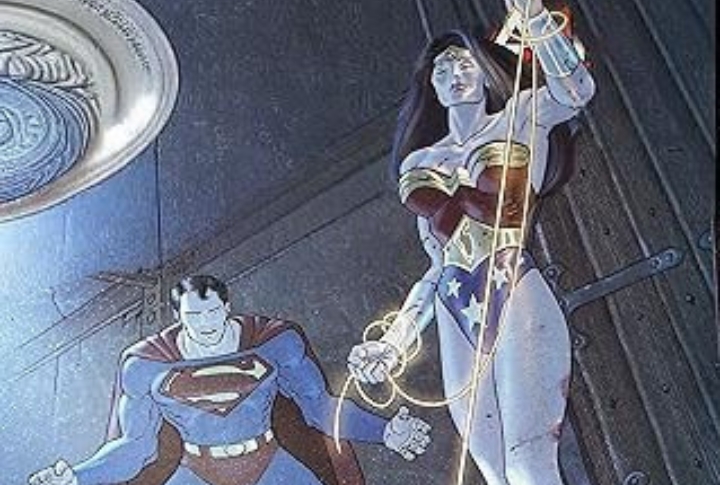
In “Wonder Woman #219”, Diana used her Lasso of Truth to subdue Superman, proving its mental dominance. The rope forced him to stop attacking after he’d been brainwashed. This confirmed that even the most powerful beings aren’t immune to its influence.
She Was Briefly A UN Honorary Ambassador
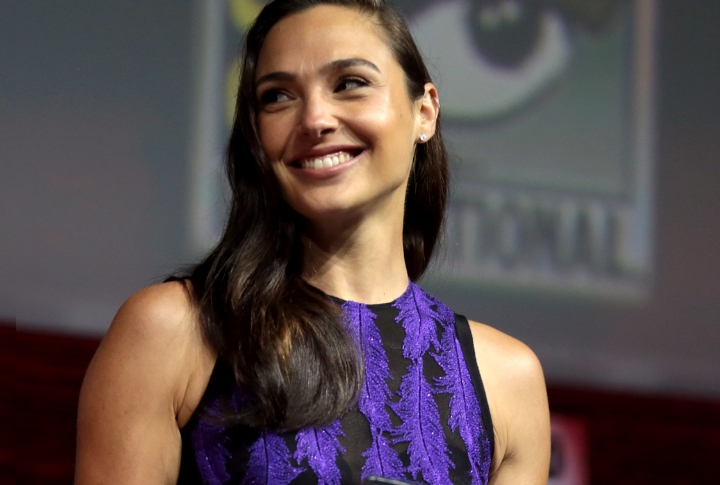
The United Nations named Wonder Woman an Honorary Ambassador for Women and Girls in 2016. Critics objected, citing her fictional status and revealing costume. The backlash led to her removal within months. The controversy also reignited debate over representation and media-driven activism.
Her Comic Was Once Written By A Romance Novelist
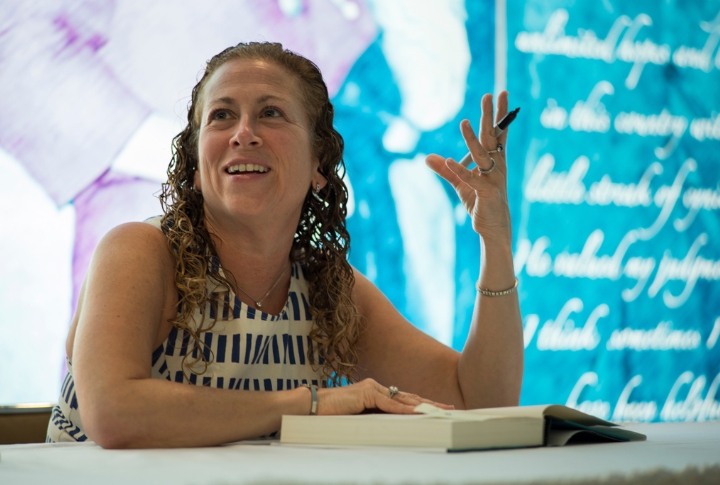
Robert Kanigher shifted Wonder Woman’s stories toward love plots, downplaying action. Battles were replaced with romantic dilemmas and date-night dramas. This tonal change reflected the postwar push for domestic female roles, softening her edge to match mid-century societal expectations of femininity.
She Once Married Steve Trevor In A Dream Sequence
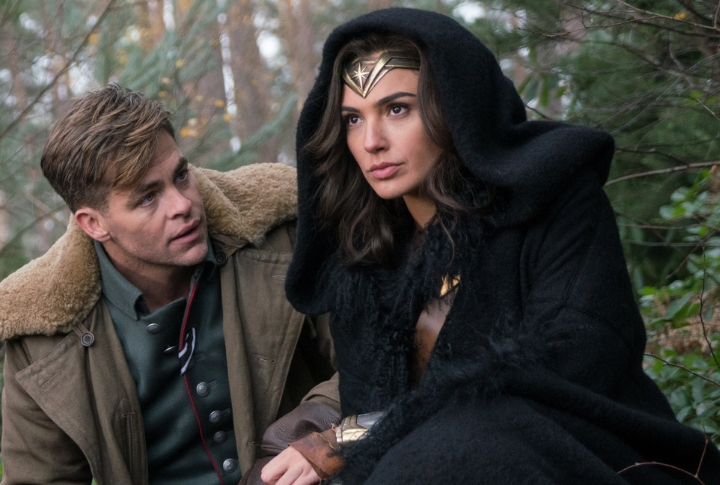
Due to strict content rules, comics couldn’t show unmarried couples cohabiting. Writers worked around this by depicting dream sequences where Diana married Steve Trevor. These fantasy plots satisfied moral censors while subtly critiquing imposed gender norms through subtext rather than direct narrative rebellion.

